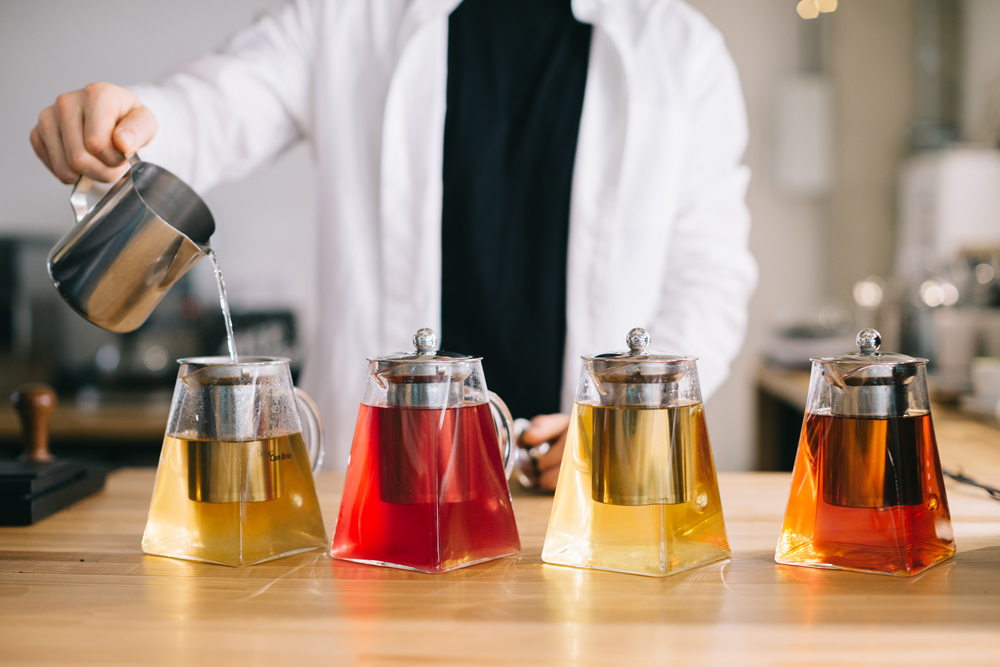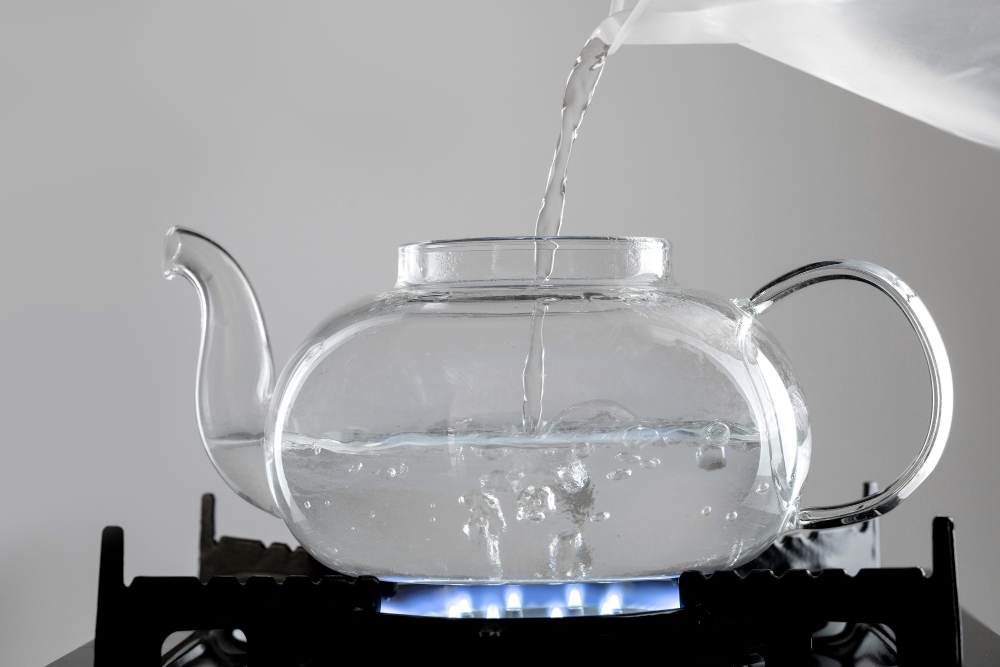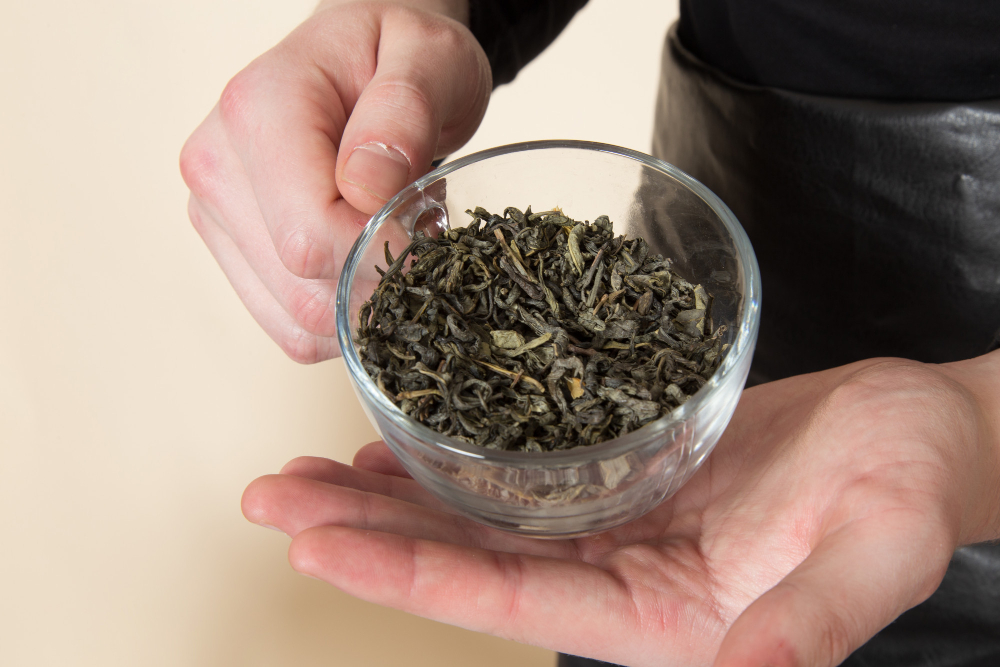Running a tea shop? Then you know — getting the flavor and aroma just right can make or break your customer experience. If your tea lacks fragrance or ends up bitter and astringent, don’t worry — you’re not alone. These common issues often come down to small details in your brewing process.
Let’s dive into the four core elements every shop should master: tea quantity, water temperature, steeping time, and water quality.

Why Doesn’t the Tea Smell Good?
If your tea’s missing that irresistible aroma, it could be the result of water that’s too hot, tea that’s not fresh enough, or even the wrong kind of teaware.
Here’s how to fix it:
- Adjust your water temperature to match the tea (green tea: 70–85°C; black tea: 90–100°C).
- Use fresh, properly stored tea leaves.
- Increase your tea quantity slightly or pre-rinse the leaves with hot water to activate the aroma.
- Avoid materials that affect flavor — go with glass, porcelain, or food-grade stainless steel.
- Use temperature-controlled dispensers or smart brewing machines to maintain consistency.

Does Water Quality Affect Tea Flavor?
Absolutely. Hard water (with high levels of calcium and magnesium) can dull tea’s aroma and make it more astringent. Soft water helps bring out tea’s natural sweetness and clean finish.
Tips to improve your water:
- Install a reverse osmosis (RO) system or a soft water filter.
- Avoid using groundwater or high-mineral bottled water.
- Test your water regularly with a TDS meter to stay consistent.
- Use purified or supplier-recommended water for best results.

Why Does the Tea Taste Bitter or Astringent?
Bitterness or that unpleasant dry feeling usually comes from over-extraction — too much heat, too long a steep, or just too many leaves.
How to fix it:
- Too hot? Lower the water temperature by 1–2°C.
- Too long? Cut back steeping time by 30 seconds to 1 minute.
- Too much tea? Reduce the amount slightly to avoid over-extraction.
- Pre-rinse your leaves with a quick splash of hot water, then discard — it helps eliminate off-notes.
- Choose the right tea — avoid high-caffeine or high-polyphenol teas if you’re brewing for cold drinks.
The 4 Golden Rules of Consistent Tea Quality
Want every cup to hit the mark? Focus on these four elements:
- Tea Quantity: Set a standard for each tea type to ensure flavor consistency.
- Water Temperature: Adjust based on oxidation level — high for black tea, medium or low for green/oolong.
- Steeping Time: Varies by tea type. High-oxidized or large-leaf teas can steep longer, while delicate green teas benefit from shorter times. Watch for bitterness — adjust 30–60 seconds as needed.
- Water Quality: Use soft or filtered water to prevent minerals from distorting your tea’s true character.
Nail these four factors, and your tea won’t just be good — it’ll be reliably excellent.
What Makes Up Tea’s Flavor?
Understanding the compounds inside tea helps you make smarter brewing choices:
- Polyphenols & Amino Acids: Add astringency — more heat means more release.
- Caffeine & Saponins: Cause bitterness — tied to steep time and temperature.
- Pectin & Sugars: Bring natural sweetness — best extracted at ideal temperatures.
When you understand what’s in the leaf, you can brew better in every cup.
What Kind of Equipment Should a Tea Business Use?
Your gear matters. Use materials that protect your flavor and streamline operations.
Our recommendations:
- Use food-grade stainless steel, glass, or porcelain — avoid plastic or anything with lingering smells.
- Invest in thermal pots and water dispensers with precise temperature control.
- Bring in smart brewing machines to save time and ensure consistency.
- Clean your tools regularly — tea scale and residue can quickly ruin a good brew.
Brewing smooth, aromatic tea isn’t just a craft — it’s a key to running a successful tea business. By getting the tea quantity, water temperature, steeping time, and water quality just right — and using the right equipment — you can consistently serve top-quality tea and earn loyal customers for the long haul.
Extra Tips|Why Do Jellies Break Down with Acid, Alkaline, or Heat?
In tea shops, it’s not just about steeping the perfect cup—many shop owners also ask:
“Why does my jelly turn soft or watery after adding juice, soda water, or honey?”
The answer lies in how different types of jelly react to pH and temperature. Some gelling agents are sensitive to acids, others to alkaline ingredients, and many don’t like heat at all.
What Happens When Jelly Meets Alkaline Ingredients?
| Jelly Type | Base Ingredient | What Happens with Alkalinity | Notes |
|---|---|---|---|
| Agar | Red algae polysaccharide | May weaken gel strength | Stable unless pH > 10 |
| Carrageenan (similar to agar) | Red algae | Structure breaks down in high alkalinity | Avoid pairing with alkaline drinks |
| Pectin Jelly | Low-methoxy pectin | Won’t gel well in alkaline | Needs acidic conditions to set |
| Konjac Jelly | Glucomannan | Becomes mushy in alkaline | Will loosen if boiled in alkaline liquid |
| Gelatin (Gelatine) | Protein | Breaks down or softens easily | Very pH- and heat-sensitive |
Common Alkaline Drinks:
| Type | Examples | pH Range | Notes |
|---|---|---|---|
| Alkaline Water | Mineral/electrolyzed water | 8–10 | May prevent jelly from forming properly |
| Matcha Drinks | Matcha latte, milk tea | 7.5–9 | Naturally alkaline, affects gelatin & konjac |
| Sodium Bicarbonate Drinks | Soda water | 8–9 | Can interfere with gelling |
| Vegetable Juice | Spinach, cucumber | 7–9 | Alkaline depending on concentration |
| Herbal Teas | Goji, licorice tea | May be mildly alkaline | Especially after long steeping |
| Fermented Teas | Aged Pu-erh | ~7.5–8 | Test before using with jellies |
What Happens When Jelly Meets Acidic Ingredients?
| Jelly Type | Base Ingredient | What Happens with Acids | Suggested Approach |
|---|---|---|---|
| Gelatin | Protein | Breaks down, becomes watery | Avoid mixing with pH < 4 drinks |
| Pectin Jelly | Pectin + sugar/calcium | Needs mild acidity to gel, but too much ruins texture | Maintain pH 3–4, use low-methoxy pectin |
| Agar / Carrageenan | Polysaccharide | Acid-resistant | Great with acidic drinks |
| Konjac Jelly | Glucomannan | Softens or breaks down | Add to drink after gelling |
| Carrageenan | Sulfated polysaccharide | Strong acids break network | Blend with stabilizers for better performance |
Common Acidic Drinks:
| Drink | pH Range | Notes |
|---|---|---|
| Lemon/Lime Juice | 2.0–2.6 | Very acidic; avoid gelatin or konjac |
| Vinegar-based Drinks | 2.5–3.5 | High risk of jelly collapse |
| Passion Fruit Juice | ~2.8 | Acidic but flavorful—use agar or modified gelling agents |
| Orange Juice | ~3.0–4.0 | Medium acidity; test for jelly stability |
| Cranberry Juice | 2.3–2.5 | Strong acidity; not ideal for most jellies |
| Honey | ~pH 3.9 | Naturally acidic, varies by source |
How to Prevent Jelly Meltdowns
✔ Layer smart: Add acidic or hot liquids after the jelly is formed. Avoid soaking the jelly for too long.
✔ Test before launching: Try your jelly with acidic or hot drinks to confirm stability before listing it on the menu.
✔ Use stable gelling agents: Agar or modified pectin jellies are the safest choices. Avoid combining high acid, high heat, and alkaline all at once.




